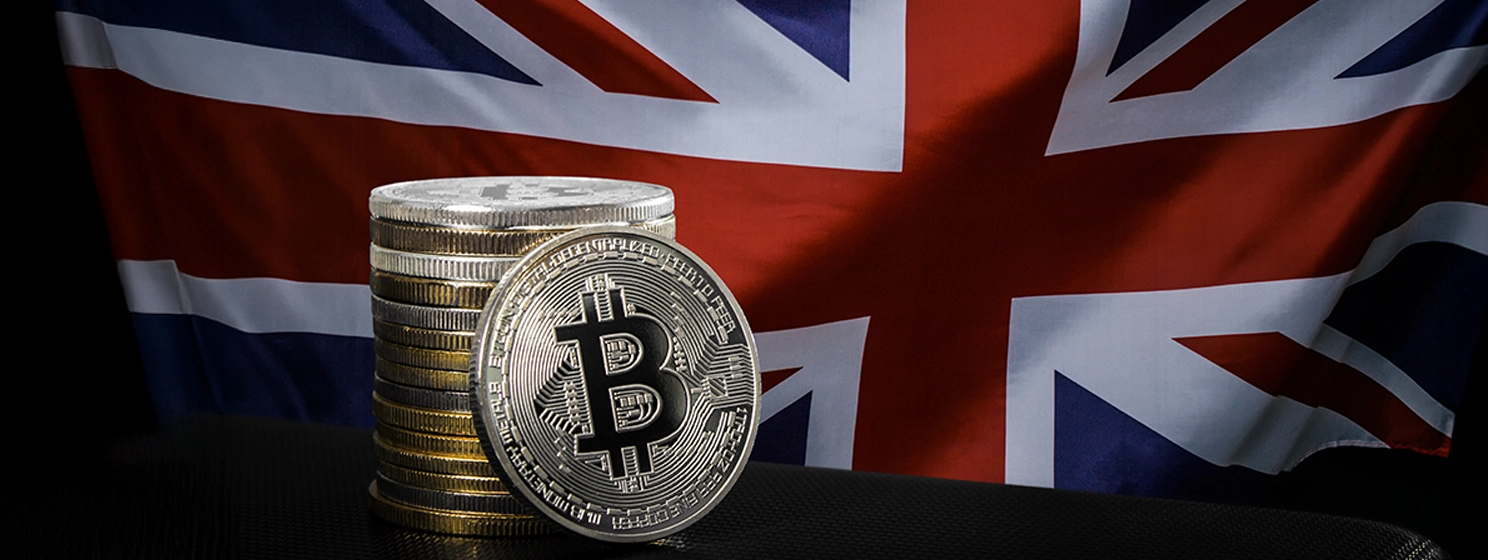|
Getting your Trinity Audio player ready...
|
Zimbabwe has launched physical notes and coins of its new gold-backed currency, ZiG, but most citizens remain skeptical of the country’s latest attempt at monetary stability.
The Southern African country launched the ZiG, or the Zimbabwe Gold, in early April in digital form. ZiG suffered a chaotic start, with most banks and digital payment providers struggling to support it.
The Reserve Bank of Zimbabwe (RBZ) recently launched the ZiG notes and coins, but they came with access restrictions. Individuals’ weekly withdrawal limit was set at ZiG 3,000 ($225), while companies could access $2,250.
However, local reports reveal that Zimbabweans remain unconvinced despite assurances that gold reserves and a basket of foreign currencies back the currency.
While ZiG is now the country’s official currency, most merchants prefer the U.S. dollar; some refuse to accept ZiG despite threats of punishment.
A report by the Associated Press (AP) revealed that small-scale traders are choosing to miss out on a sale rather than accept the new ZiG notes.
“Already, there is an official exchange rate and a depreciated black-market rate, so I will wait a bit to see what its real value is. The U.S. dollar is still a safer bet,” one trader told AP.
The uncertainty is best captured by the government’s decision to allow some businesses, such as gas stations, to turn down the ZiG notes in favor of the USD. However, perhaps the biggest contradiction is that some government departments have refused to accept the new currency.
According to Gift Mugano, an economics professor at the Durban University of Technology in South Africa, this contradiction only spurs the citizens’ uncertainty and mistrust of the new currency.
“The government prints the money, so it should be the first to accept the currency, and everyone else will follow. Otherwise, it is behaving like someone who feeds on takeaways but wants others to eat the food they cook. It becomes suspicious,” he pointed out.
New currency, same challenges
Zimbabwe has grappled with currency instability for close to two decades. In 2009,
hyperinflation hit a historic high, with the central bank printing a 100 trillion Zimbabwe dollar banknote and Zimbabweans forking over half a billion dollars for a loaf of bread.
At the time, commodity prices were changing by the minute; it was so bad that restaurants stopped indicating prices on their menu as they would change by the time a customer was through with their meal.
This instability sparked great mistrust in the country’s central bank, and despite its best efforts, the RBZ has been unable to regain this trust. It hasn’t helped that the government has released five different currencies since 2009, and they have all flopped.
In the month since its release, ZiG has lost 25% of its value against the U.S. dollar on the black market. This is despite a crackdown on illegal currency dealers, with dozens arrested and awaiting trial.
Still, the government has pledged to push the adoption of the new currency. President Emmerson Mnangagwa said on Monday that trusting ZiG “is a matter of our national identity and dignity.”
Mnangagwa has received the support of his Kenyan counterpart, President William Ruto. The East African, under whose leadership the local shilling has gained massively against the U.S. dollar, stated, “This radical revitalisation of Zimbabwe’s monetary policy will contribute greatly to the country’s economic resurgence.”
Watch: What is blockchain-powered gold and can you buy coffee with it?

 12-19-2025
12-19-2025 




